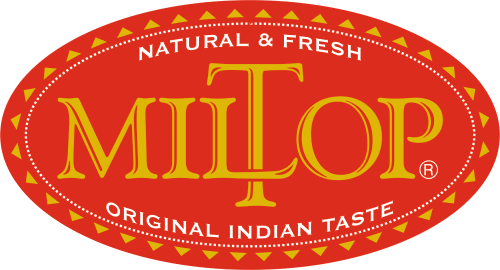Description
Mango the most palatable and highly delicious fruit with rich nutritional values is the KING OF FRUITS. Mango is the most popular tropical fruit with exotic flavour and real nutritional touch that provides, health vitality, good skin texture and bones strength.
The spice amchur is unripe or green mango fruits which have been sliced and sun dried. The name comes from Hindi am, mango. The spice is either whole or ground and sometimes seasoned with turmeric. The mango tree is native to the India-Burma-Malaysia region and is one of the oldest cultivated fruits. After the European explorations during the sixteenth and seventeenth centuries, it has spread to all parts of the tropical and sub-tropical world, especially Africa. The mango, apart from its place as a fresh fruit is most famous as a chutney or pickle ingredient. The mango retains a special place in Hindu mythology and ritual. Lord Gautama the Buddha was presented with a mango grove and the Mogul Emperor Akbar (1556-1605), ordered a huge plantation of 100,000 mango trees to be planted. The mango tree is a member of the family that includes the cashew and pistachio nut. India is one of the largest producers and consumers of Dry Mango Powder. Andhra Pradesh and Uttar Pradesh are one of the major amchoor or mango powder producing Indian states.
The dried slices are light brown with a rough surface. Ripe mango slices are also dried and are orange brown. Amchur powder is finely ground but with a slightly fibrous texture. It is beige in colour. Bouquet: Sour-sweet, warm and slightly resinous.
Flavour: Slightly sweet and acidic. Hotness Scale: 1
The mango tree is so old and of such popularity in India and the Far East that it is not surprising that every part of it yields some specific or other. The leaves, the bark, its resin, the flowers, the fruit, the seed, all are utilized. The unripe fruit is acidic, astringent and ant scorbutic, and in the dried condition, amchur is particularly useful for the latter purpose. Of the mango’s other properties, its dyeing quality is of interest. In India, cattle are fed on mango leaves and their urine is used as a yellow dye, the active principle in this being xanthone. Needless to say, the fabric treated thus has its own special bouquet. Mango is a rich source of vitamin A (beta-carotene), E and Selenium which help to protect against heart disease and other ailments. Mango contain phenols, phenolic compound have powerful antioxidant and anticancer abilities. Mango is high in iron, and people with anaemia are advised to take mango in form of powder or fruit regularly. Mango is high in antioxidant and low in carbohydrates. Mango is effective in relieving clogged pores of the skin. It is also valuable to combat acidity and poor digestion.
The use of amchur is confined chiefly to Indian cookery, where it is used as an acid flavouring in curries, soups, chutneys, marinades and as a condiment. The dried slices add a piquancy to curries and the powder acts as a souring agent akin to tamarind. It is particularly useful as an ingredient in marinades, having the same tenderizing qualities as lemon or lime juice. However, where, for instance, three tablespoons of lemon or lime juice are required, one teaspoon of amchur will suffice. Chicken and fish are enhanced by amchur and grilled fish on skewers, machli kabab, is well worth trying. It is used to make refreshing drinks including jaljeera etc. It is used to make various curries, chutneys and pickles. It is also used for tenderizing poultry and meat. The unripe fruit has acidic, astringent and ant scorbutic properties.


